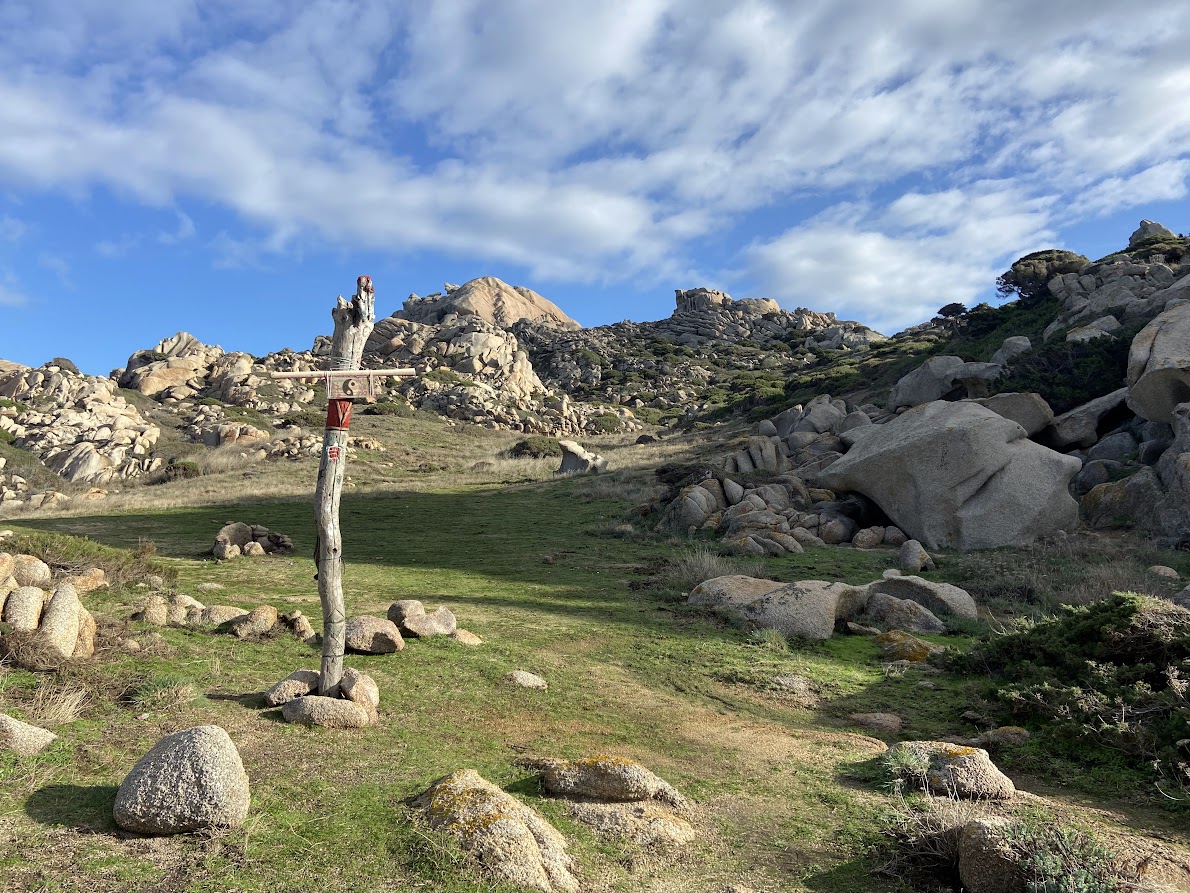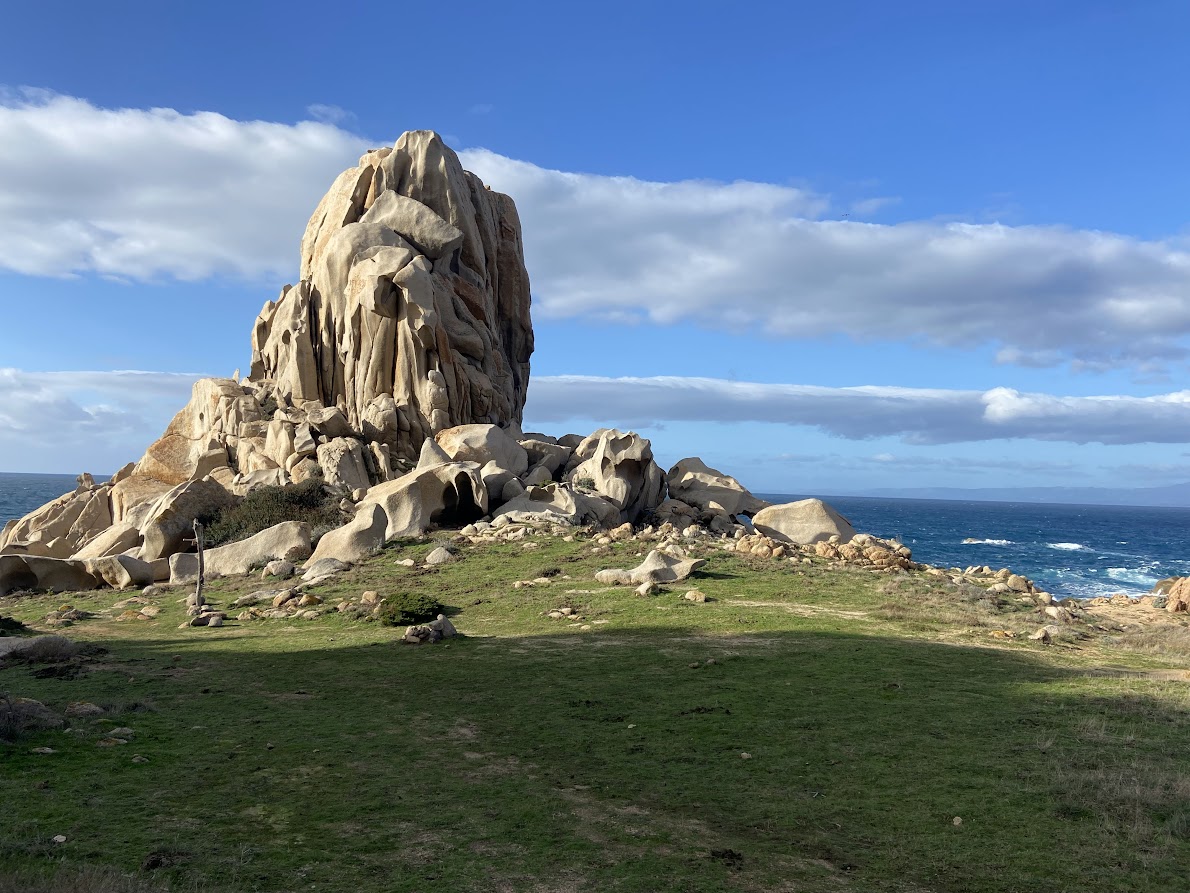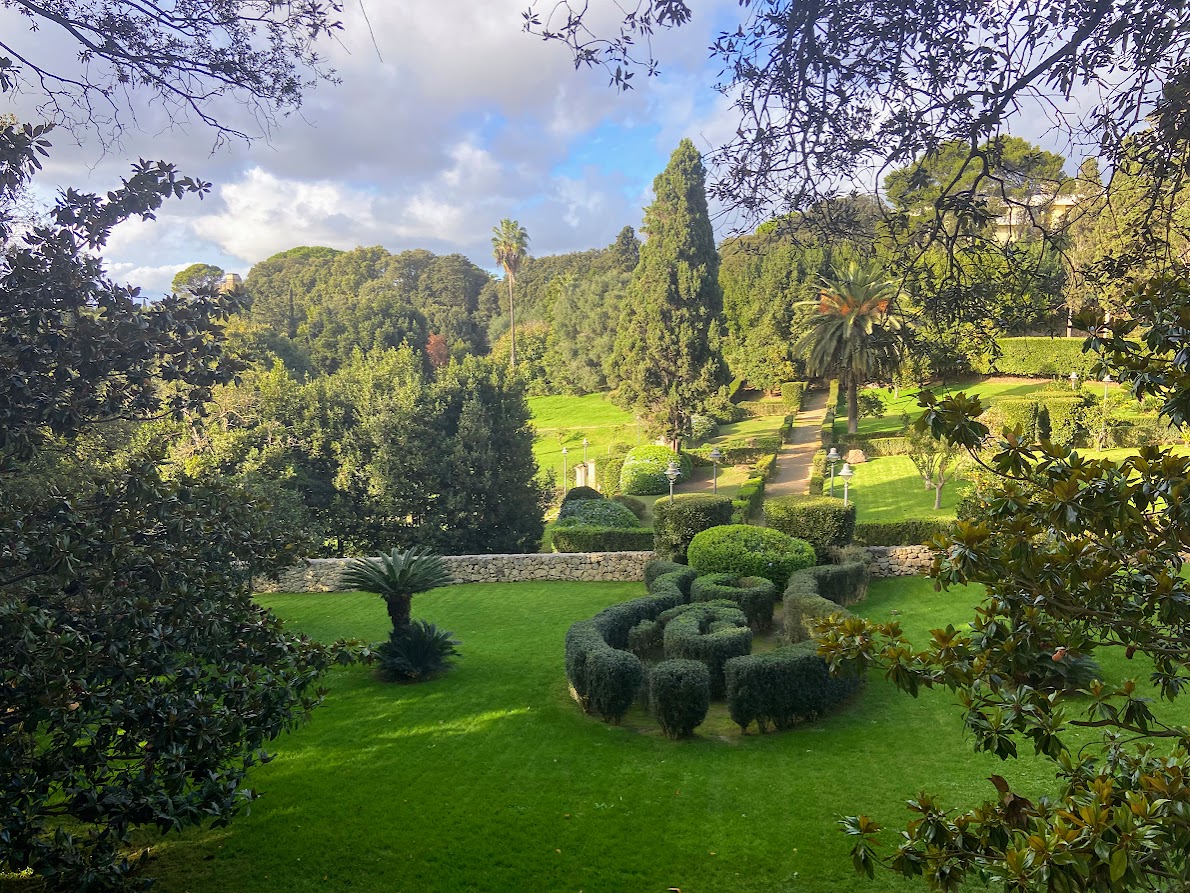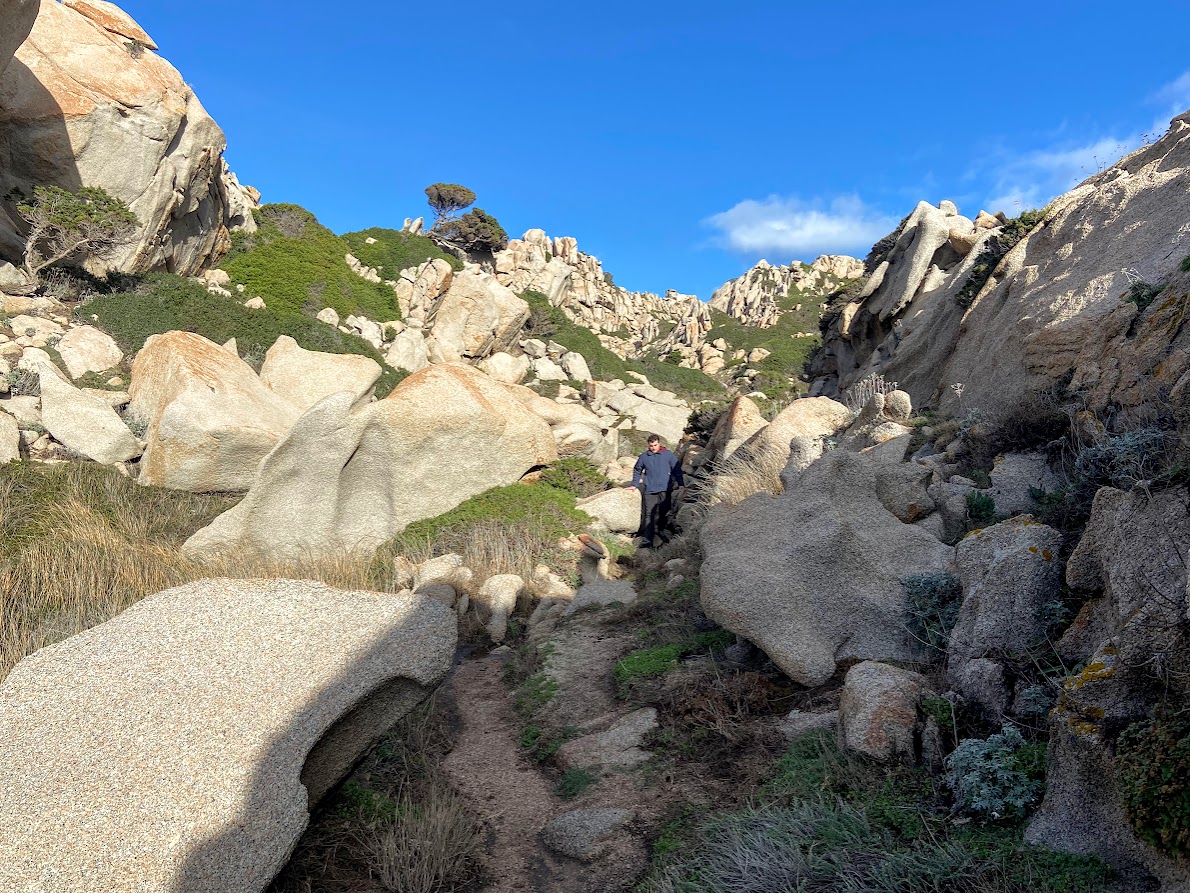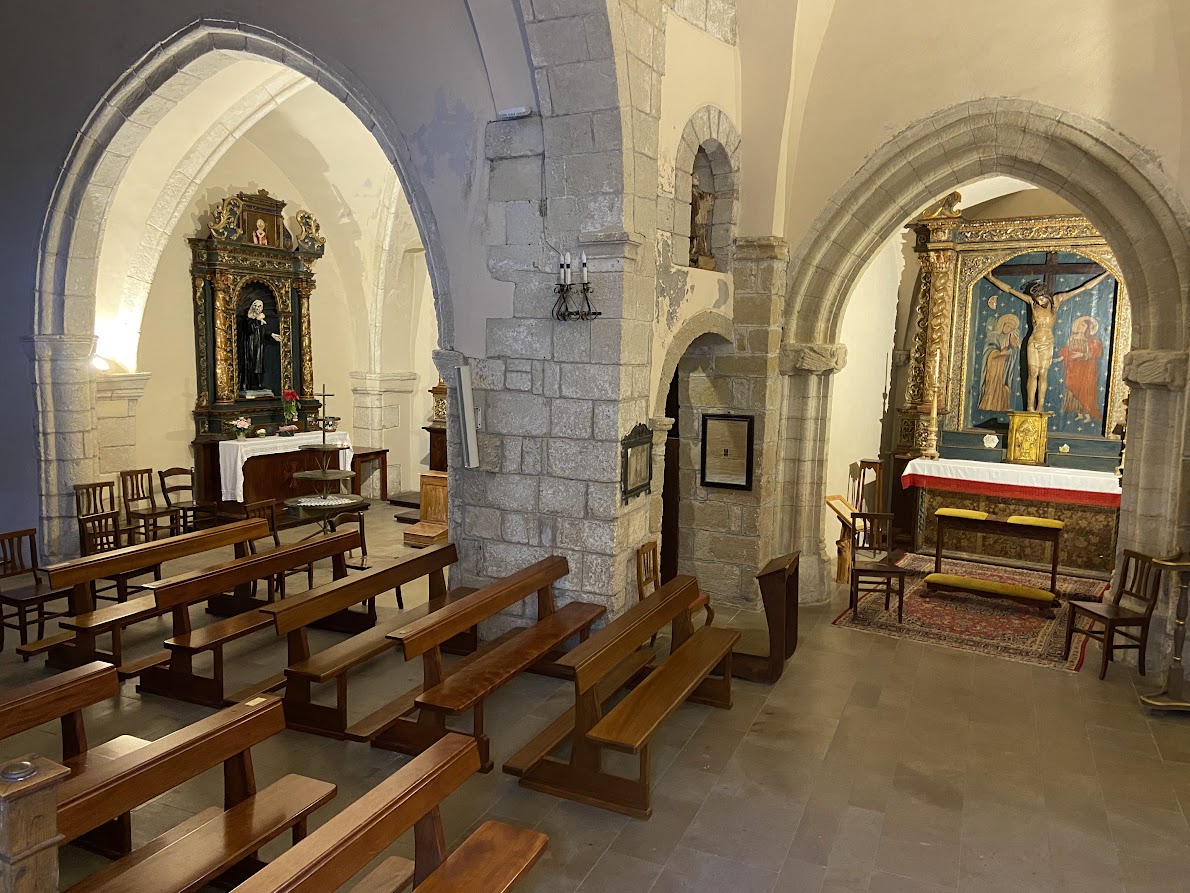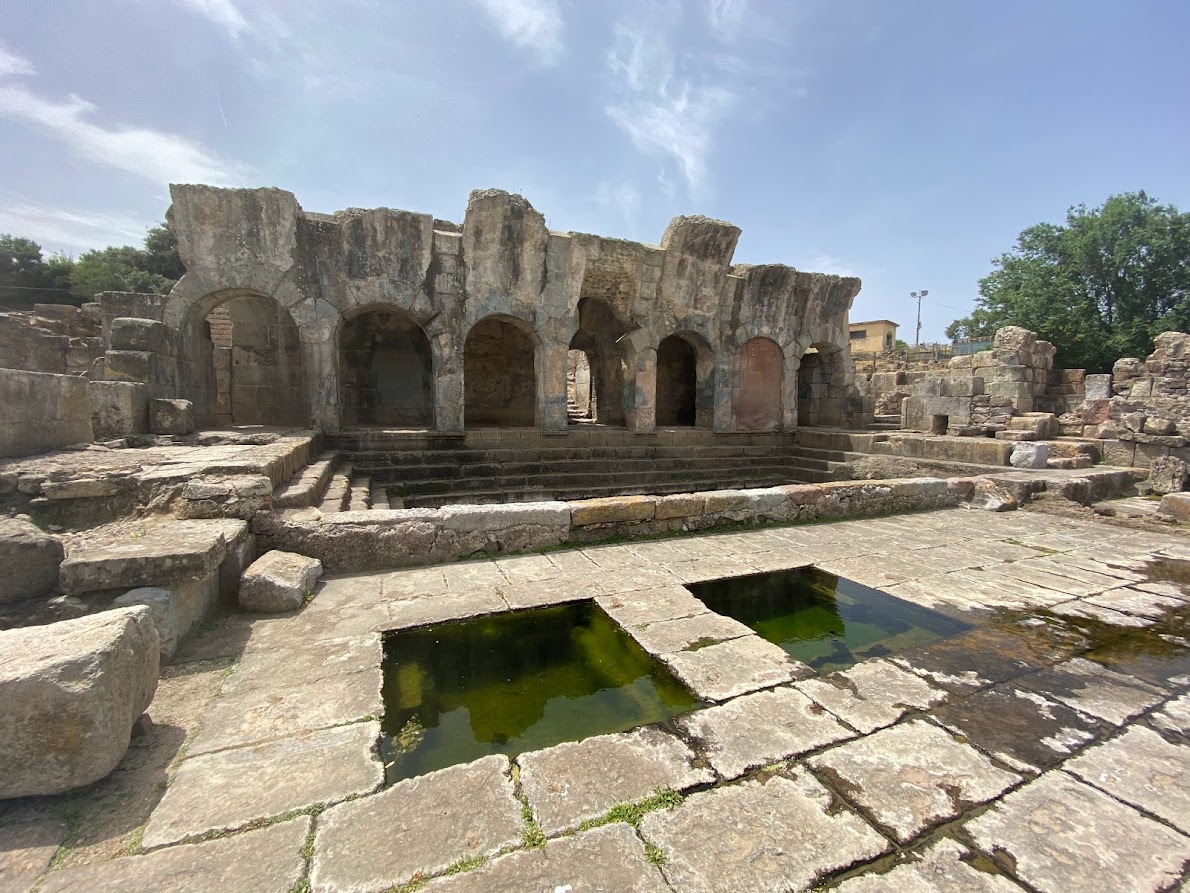
Walks outdoors
Marches are an original and increasingly popular way of discovering individual locations. You have probably already heard about the Way of St. James leading to the tomb of St. James in the Cathedral of Santiago di Compostela in Spain, which attracts hundreds of thousands of tourists from all over the world every year. Sardinia also has its equivalent, and that is the Santu Jacu march. It runs vertically through the entire island from Cagliari to Porto Torres, with several branches in the south, in the Sulcis section, and in the north towards Olbia and Orosei. The route leads through the countryside and smaller populated centres, connecting buildings and monuments dedicated to St. James and can be completed on foot, by bike or on horseback. A total of 1,600 km with 60 itineraries is marked with yellow and a shell. Another popular walk is dedicated to the patron saint of miners, Saint Barbara, in the historic region of Sulcis in the southwest. 500 km of roads divided into 30 sections, including the islands of Sant Antioco and San Pietro, will take you back in time, when the mining activity on the island was an important part of the economy of the whole of Italy. To the times when entire villages were built for plant managers, workers and miners, and the profit and prosperity of mining was considered above basic human needs. Stories are forever written in abandoned buildings, mines carved into rocks, caves and other parts of nature that have maintained their wild character. The routes are easy, medium and difficult and are recommended both on foot or by bike. The circuit of Sardinia is completed by perhaps the most panoramic “March of 100 Towers” with a total of 1,284 km and 70 routes. It got named after the stone Spanish towers that are waypoints for the march and were built on the island mostly in the 16th century, within sight of each other so that the guards could easily pass signals to one another. Apart from the walk over the Gulf of Orosei and the stretches of mountainous coast on the north-west near Argentiera and south-west near Masua, the walk does not require any special physical fitness. From Cagliari, where the first Sardinian bishop St. George was born, there is a roughly ten-day march through the territory in which the bishop worked around the year 1000. About 500 km long route runs from south to north, through the historical regions of Trexenta, Barbagia, Sarcidano, Ogliastra and Parteolla, and all the way to Oliena. Reference points are churches, houses and natural formations dedicated to him, one of them, for example, is the unique natural monument Scala di San Giorgio in Ogliastra. Last but not least we need to mention the 60 km long religious procession from Cagliari to Nora, a procession in honour of St. Efisius, which is repeated every year at the beginning of May.
